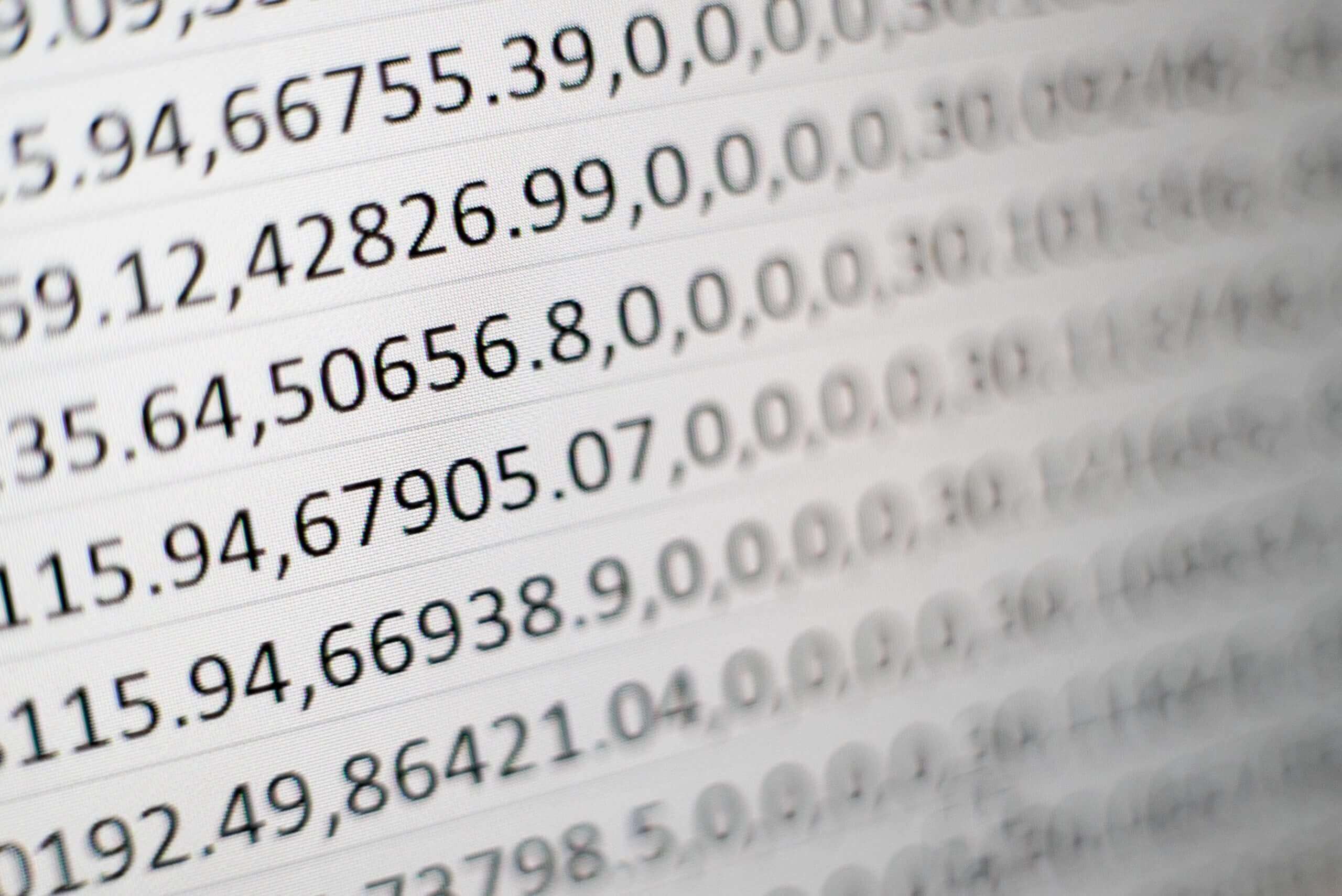Ode to Roll Forwards
The account roll forward is probably one of the most misunderstood concepts in the world of month-end close. Some people believe that the roll forward is the same as a balance sheet reconciliation. Others think that the roll forward is all about looking at every transaction in the account for the period. Both camps are misinformed. Let’s clarify this misconception and restore the identity of the roll forward.
An account roll forward is a schedule showing the beginning balance, additions, removal and ending balance for a particular account. The purpose of the roll forward is to make sure everything is being recorded as it should.
How is a roll forward different from a reconciliation?
While a reconciliation aims to achieve the same objective, the approach is quite different. Instead of reviewing the ledger activity for the period, which is what a roll forward does, the reconciliation takes the ending balance for the period, and validates the entire balance. Leading practice favors doing a reconciliation over a roll forward, since the reconciliation verifies the entire ending GL balance.
If I’m reviewing every transaction for the period, how come that is not a roll forward?
A roll forward typically looks at the aggregate addition to and removal from the balance, as opposed to inspecting every single transaction. The aggregate level activity is then compared to prior period aggregate level activity to see if the amount added for the current period, for example, appears reasonable. Verifying the accuracy of each individual transaction is typically less effective for the objective since transactional review is already done at the journal entry recording level.
In the world of month-end close, there is a proper place for the roll forward. But too often, we see that it is not utilized correctly, which then undermines its effectiveness and give roll forwards a bad name.


